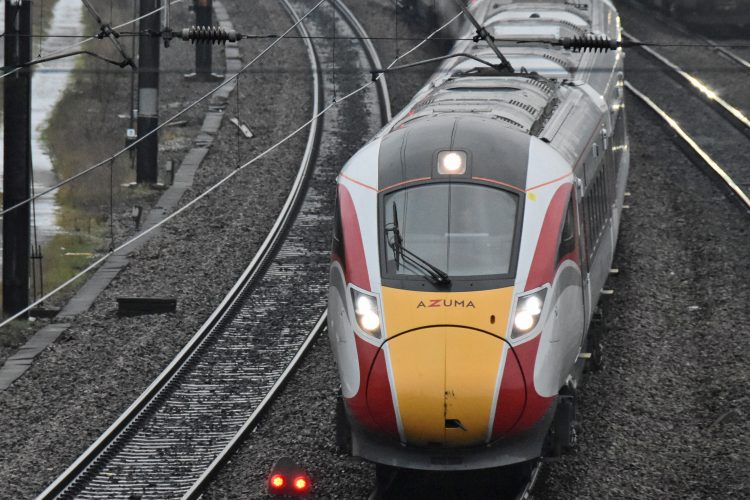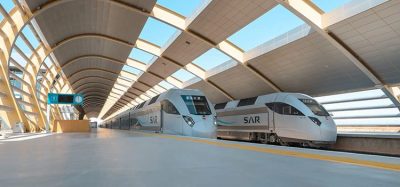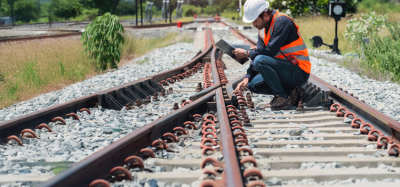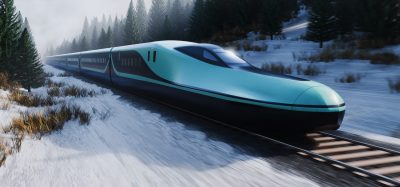UK government make £1 billion digital signalling investment
Posted: 29 June 2022 | Elliot Robinson (Editorial Assistant - Global Railway Review) | No comments yet
The new investment in the East Coast Main Line will result in a more reliable and sustainable rail network.


More than £1 billion of government funding will be used to replace outdated Victorian infrastructure with cutting edge digital signalling technology. One-third of the nation’s population live within 20 minutes of a station on the East Coast Main Line and produce more than 40 per cent of the UK’s GDP, making it one of the UK’s busiest rail routes while also playing a vital role in the prosperity of the nation’s economy.
The technology, which will be rolled out across the entire southern section of the line, from London’s King’s Cross to Stoke Tunnels, just south of Grantham, will mean faster, safer and more regular trains for millions of people.
“This £1 billion investment will allow us to replace unreliable Victorian infrastructure with cutting-edge technology,” Grant Shapps, Transport Secretary, said. “This will mean fewer delays and more regular services for millions of passengers.”
The funding will remove outdated lineside signalling and replace it with the European train control system (ETCS), which brings signalling into train drivers’ cabs and provides them with real-time, continuous information throughout their journey. The new in-cab technology will create a more responsive, more resilient railway and, crucially for passengers, one that can recover quicker when journeys don’t go to plan. Most importantly, as the system will constantly monitor the train’s speed, it will also create a safer railway. The announcement of the investment follows a week of rail strikes in the UK, with some questioning it’s timing.
“We are delighted to have been given the go ahead for this ground-breaking programme that will transform the capability and resilience of the East Coast Main Line and be a key enabler for the wider network,” Toufic Machnouk, Director of Industry Partnership for Digital Railway at Network Rail, said. “The East Coast Digital Programme (ECDP) is uniquely bringing together all elements of track and train through a pioneering industry partnership that is working beyond boundaries in a deep collaboration.”
Related news you will enjoy:
New signalling system commissioned for Great Northern’s route to London
UK Government makes £7.6m available for rail innovation
RIA publish review into UK Government’s rail decarbonisation progress
As well as the many passenger benefits, the ECDP will deliver a much-needed financial boost to the industry and, over its lifetime, is 42 per cent cheaper than the current system. It will also help towards net zero goals by decreasing carbon emissions by 55,000 tonnes, the equivalent of more than 65,000 one-way flights from London to New York.
“Digital signalling will allow the full potential of our Azuma fleet technology to be realised and means our customers will benefit from even more reliable and sustainable journeys in the future,” David Horne, Managing Director at London North Eastern Railway (LNER), said.
“We’re delighted with this announcement, which will mean better services in the future for our passengers on the East Coast Mainline,” Tom Moran, Thameslink and Great Northern Managing Director, said. “This massive investment builds on our work to implement digital signalling on the Northern City Line into Moorgate in the City of London and it means we can continue to roll out the technology on some of our key routes.”
The ECDP follows more than £350 million of prior investment to fit other services on the route with the new technology, with over 80 per cent of passenger rolling stock on the East Coast Mainline South already using the ETCS. Network Rail will prioritise the request for a further investment of £427 million as part of the next control period settlement, bringing the overall investment to just under £2 billion.
“Freight customers throughout supply chains are dependent on reliable rail services to deliver goods to people,” Maggie Simpson OBE, Director General of Rail Freight Group, said. “We welcome this investment in digital signalling that will provide a more flexible and resilient railway, unlocking future growth potential in rail freight traffic supporting both decarbonisation and economic growth.”
“This is a welcome further investment in digital signalling, which will help transform how passengers and freight travel on the East Coast Main Line,” David Clarke, Technical Director at the Railway Industry Association (RIA), said. “The East Coast Digital Programme will increase train capacity, provide more reliable services and better information for passengers, and bring safety and environmental benefits. It will future proof one of the vital transport arteries of the UK.”
Related topics
European Train Control System (ETCS), Funding & Finance, High-Speed Rail, Infrastructure Developments, Operational Performance, Signalling, Control & Communications, Technology & Software
Related organisations
Department for Transport (DfT), Great Northern, London North Eastern Railway (LNER), Network Rail, Rail Freight Group (RFG), Railway Industry Association (RIA), Thameslink
Related regions
Related people
David Clarke, David Horne, Grant Shapps, Maggie Simpson, Tom Moran, Toufic Machnouk







